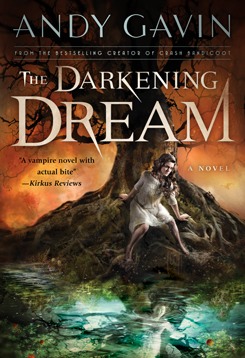In the mountains of Basque Country, a mere 15-20 minutes from the sophisticated tapas of San Sebastian you get these simple cheap restaurants that serve up correspondingly simple — but pretty tasty fare.

This post is actually a composite of 2-3 places which I’ve put together to show the typical (hearty) dishes.
Often you get some salami on the table. This one was tasty, and certainly tasted of the pig. A little spice in it too.
I bought this bottle of Rioja off the list for E10! It wasn’t bad either.

Croquetas. These are the Jamon filled variety. A croquette is a small breadcrumbed fried food roll containing, usually as main ingredients, mashed potatoes and Jamon, maybe cheese, and mixed with béchamel. Even bad ones are pretty tasty. Good ones are great.

Queso. Some kind of semi curado probably.

Garlic prawns. Grilled prawns crusted in garlic olive oil. With a surprisingly “fancy” sauce presentation. These were great, and for a mountain town? Pretty surprising.

Fish soup. This hearty soup of shellfish shells and whatnot is delicious. It’s very similar (if not the same) to the similar soup in Southern France — and given that I found this one in Spain all of about 10km from the French border, I don’t find that exactly surprising.
NOTE: it was also served at about 212 degrees and that heavy ceramic bowl holds the fiery heat for what seemed like forever.

Salad. E8-10 euros buys you this monster of a salad with egg, white asparagus, potatoes, olives and tuna.

Or the fried whole goat cheese salad!
 Omelet. Looks pretty much like in the states.
Omelet. Looks pretty much like in the states.

Steak frites. Pretty simple, also with padron peppers. Cheap though.
 Fries. The Spanish love their patatas.
Fries. The Spanish love their patatas.

Some pan fried chicken breasts and fries. surprisingly tasty.

Chicken sandwich. Same deal on a giant roll for all of about E8.

Chorizo and fries. No grease here (just kidding), but lots of salty flavor!

Chorizo plate. Many places offer combo plates like this E8 beast: fries, chorizo, eggs, and even croquetas.

Lomo plate. Same deal, but with pork loin instead of ground spiced pig.
 Vegetarian sandwich. About 20″ long!
Vegetarian sandwich. About 20″ long!
The stuff at these places isn’t fancy or terribly varied, but it is hearty, tasty, and a good deal.


























































































































































































































































































































































































































